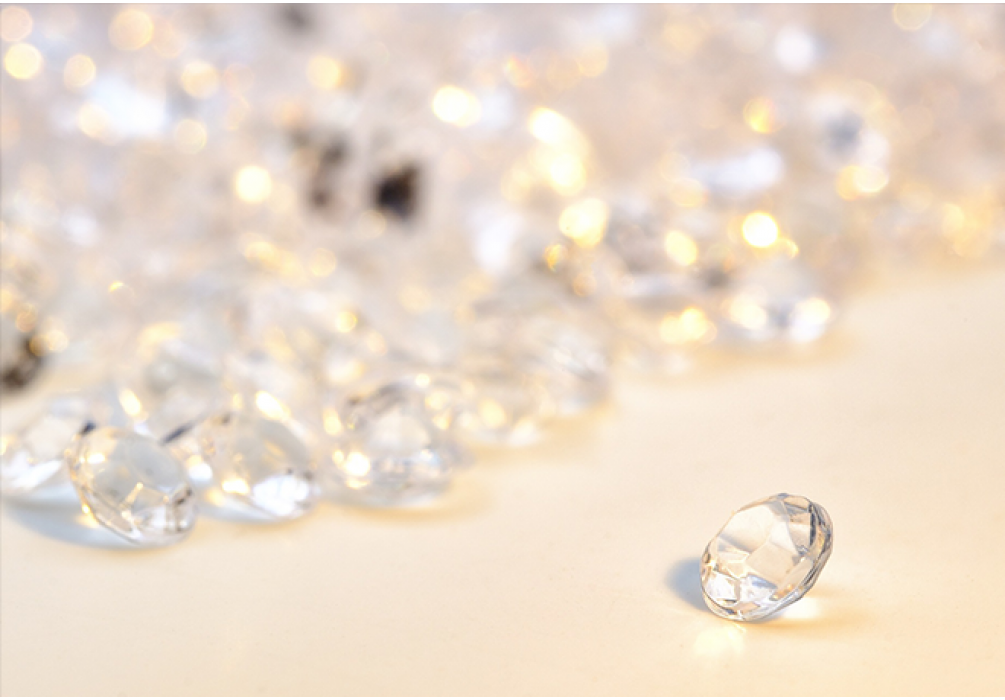What is zircon?
Zircon is a little-known and often misunderstood stone. While not many people know of this gemstone today, zircon used to be highly valued and coveted throughout history for its natural sparkle and attractive features. It is a beautiful natural gemstone, comparable in many ways to diamonds.
Because of its similarities in appearance to diamonds, zircon was the first natural diamond simulant. It is the only natural gemstone that even comes close to imitating the appearance of a diamond. Unfortunately for zircon, many people confuse zircon with the cheaper, less valuable cubic zirconia, which has given it some bad rep. however, it is a beautiful gemstone in its own right.
What is zircon?
Zircon is a natural gemstone. It is composed of zircon silicate and is found in a number of regions around the world, including Sri Lanka, Burma, Cambodia, USA, South Africa and Australia. It has been used in jewelry for centuries and particularly as a diamond simulant.
The word zircon comes from the Persian word ‘zargun’ meaning ‘gold-colored’. However, you can find zircon in a range of colors, caused by various impurities that are present during the formation of the stone. Sometimes zircon can contain traces of uranium, and can be slightly radioactive. In such cases, the zircon undergoes stability treatments to enable them to be used in jewelry. However, don’t let this stop you from adding zircon to your jewelry collection because the miniscule levels of radioactivity found in zircon jewelry pose no health risks for humans.
Zircon has very high sparkle, luster, dispersion and refraction. In other words, it plays excellently with light, making it a brilliant and fiery stone. Zircon also exhibits rainbow flashes of color.
Because the stone has double refraction, it displays excellent fire and may give off the illusion of having double the number of facets that it actually has. This birefringence, however, can also cause the zircon to appear fuzzy.

